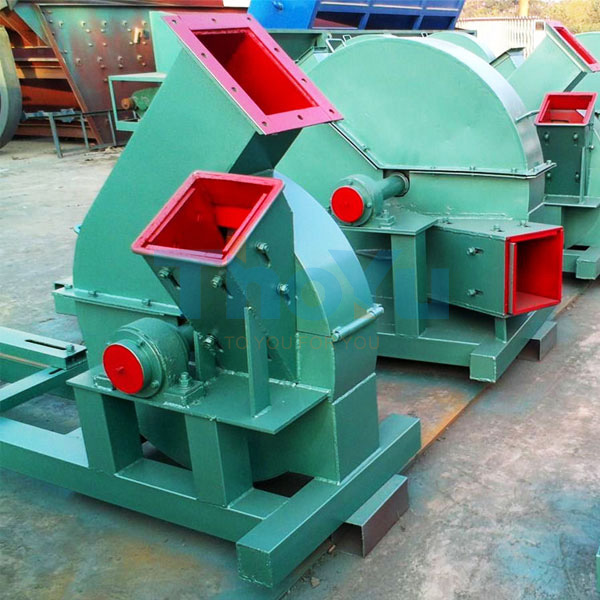In the evolving landscape of industrial wood processing, the choice of motor technology plays a pivotal role in determining operational efficiency and energy consumption. This article meticulously compares high-pressure (high-voltage) motors and low-pressure (low-voltage) motors as applied in disc-type wood chippers, leveraging the technical features of the Thoyu brand chipper from Zhengzhou Thoyu Electromechanical Equipment Co., Ltd. Through data-driven analyses and real-world case studies, readers will gain insights into optimizing motor selection to enhance productivity while minimizing operational costs.
High-pressure motors typically operate above 1000V, providing superior power density and enabling higher torque output. Conversely, low-pressure motors operate below 1000V and are traditionally favored for their simpler infrastructure and lower initial installation costs.
| Parameters | High-Pressure Motor | Low-Pressure Motor |
|---|---|---|
| Voltage Range | 1000V - 6600V | Below 1000V |
| Starting Current | 15-20% of rated current | 25-30% of rated current |
| Energy Efficiency (IE3/IE4 standards) | Up to 95%+ | Around 90-92% |
| Maintenance Complexity | Moderate to High | Lower |
| Environmental Adaptability | Better for large-scale, continuous operation | Preferred in small to medium setups |
Detailed measurements from the Thoyu disc wood chipper indicate that switching from low-pressure to high-pressure motors can reduce energy consumption by approximately 8-12% in high-demand operation scenarios. This is largely due to the higher efficiency ratings and lower starting current peaks, which reduce electrical stress and demand charges. For example, a 150 kW high-pressure motor chipper tested over a month showed average power consumption reduced by 1,200 kWh compared to an equivalent low-pressure motor setup.
Zhengzhou Thoyu's wood chipper series utilizes advanced high-pressure motor configurations optimized for steady torque output and variable speed drives (VFD) compatibility. Field deployment in a commercial wood processing plant recorded a 15% increase in daily throughput and significant reductions in downtime attributed to motor system reliability. This translated into improved processing efficiency and enhanced equipment lifespan, validating the technical superiority and cost-effectiveness of high-pressure motor integration.
Q1: Which motor type offers better cost savings over time?
Although high-pressure motors have a higher initial investment, their superior energy efficiency and durability typically result in lower total cost of ownership during long-term operation.
Q2: Are there installation constraints for high-pressure motors?
Yes, high-pressure motors require advanced electrical infrastructure, including suitable transformers and protective devices, which may increase initial setup complexity.
Q3: Can low-pressure motors provide adequate performance for small-scale operations?
In smaller or less intensive applications, low-pressure motors remain a viable, cost-effective option with simpler maintenance.

Making an informed choice between high-pressure and low-pressure motors can significantly influence wood processing productivity and operational costs. Industrial operators seeking to optimize their equipment portfolio should evaluate technical requirements, infrastructure, and budget constraints comprehensively.


